3/11
The next day:
So what happened was I was on my way to work, just finishing up getting ready, when I felt a small earthquake. It seemed to go on for longer than usual while getting stronger at the same time. I’m very sensitive to earthquakes, and I’m the first to take cover (much to the amusement of my coworkers). I ran to the entryway in our home, opened the door and knelt down. When I realized I wasn’t the only one doing this, I began to panic. I ran down to the first floor of our building as the earthquake intensified. I was also in the Loma Prieta earthquake of ’89, which had more of a jarring feel, but this earthquake was like being stuck on a suspension bridge. I could see outside that the power lines were swaying and everything seemed to blur. The earthquake did not want to let up, and the aftershocks seemed to be an extension of it. We still had power, including the Internet, but phone lines were down. I couldn’t contact my fiance for a while, which was frightening. My neighbors all banded together and found that we were in the safest place possible. Thank goodness for things like Twitter, Facebook, and email. I was able to keep in contact and informed of the situation. I was able to not only speak to my family, but I also got to see them on Skype. It was very reassuring! Still, my mind is a mess. I can’t think straight. To keep my mind off the aftershocks, I started pooling our emergency kits and supplies. I honestly didn’t expect to use them, but it was busy work and needed to be done.
As for my fiancee, he was at work at the time. The aftershocks became too much and they evacuated his building to a local park in Shibuya. He saw glass that had fallen off of buildings onto the sidewalk, and there were huge crowds of people that were stuck. The trains had stopped, the station even closed and weren’t letting people stay there. He went to a local electronics store where there were loads of people crowded around the TVs to get their news and charge their phones. Some were simply out shopping as usual. The izakaya (bars) were still open, as well as many restaurants. Later in the evening, it was revealed that the JR Lines would not resume that day. He decided to walk home. Under normal circumstances, this would have taken an hour and a half or maybe two hours. But it took him about three and a half hours to get home as the sidewalks were packed with people. What a relief it was when he walked through that door and said, “ただいま!” (“I’m home!”)
The aftershocks continue. Of course, they’re much lighter and more infrequent compared to yesterday. Even as I’m writing this, we just had an aftershock that was enough to spook me into hiding!
Now things are much calmer. Yesterday was very scary and stressful. But everyone remained calm. Even on the news, I didn’t see anyone who was hysterical. My neighbors and I all stuck together. It was my first time meeting some of them; they’re lovely. We shared advice and information, it was very reassuring. One thing I’m very impressed with is the part social media has played. There was such a strong community with support, encouragement and the very latest information. It was also a quick and easy way to account for many people at once. Google even set up a system for checking in. Thank goodness we had Internet!
We are very lucky. Everyone is concerned about the people who were very seriously affected up north.
And Then:
It’s been about two days since the quake, and we are working on getting back to our daily routines the best we can. But what’s happened in the north is very shocking and our thoughts are with them. We are keeping an eye on the nuclear reactor situations, but it does not appear that we are in any danger here in Tokyo at this time.
Going shopping at the grocery store today, we stocked up on necessities and extra food. The stores were busier than normal, but not completely packed, and the shelves were fairly well stocked. There wasn’t much besides bread that they were sold out of. Bottled water was still available. We went in the afternoon and again in the evening. I would venture to say that it felt like business as usual.
We’re trying to conserve energy, but we do have power, gas, and water. We were informed that they will “ration” power-outages in three-hour sessions. However, because we live in the busy downtown area, we’re not going to be in the scheduled groups. Still, we may have power-outages anyway. We were also told that once the power goes, we may be without water during that time as well. We’ve filled our bathtubs with water just in case. We’ve stocked up on food and essentials. We are prepared to evacuate, although we do not expect to. It’s just a precaution. In Ikebukuro, Tokyo today, the scene was such that one wouldn’t know if it were taking place today or last week. Most of the stores and train lines are open again, but many businesses remain closed or closed early. Even the jumbotrons in Shibuya and Shinjuku have been turned off to save energy.
We had tentative plans to go to Sendai over Golden Week. Perhaps there will be something we can do to help with relief efforts. Miyagi is supposed to house one of the top three greatest landscapes in Japan.
So:
The situation in Tokyo today the scheduled power-outages began, but most of them weren’t applicable to most of the downtown districts in Tokyo. We are all conserving power. Convenience stores, shops, and supermarkets are lowering their lights, closing early and doing everything possible to conserve electricity. In fact, we did such a good job of it that some of the rationed power-outages were canceled. However, this caused a lot of confusion. It was comfortable temperature today, so it was easy to go without heat.
The trains today were busier than I have ever seen them. Most of the lines have delays and have suspended operations between certain stations. This morning, two trains came that I couldn’t fit on. Usually, by that time, the trains are clear enough to have some elbow room. I waited for the third train and got on, but by then I was a half hour late. The government had actually encouraged people to stay home today, work shorter hours, come in later, or telecommute. My fiancee and I were able to end our workdays early.
Electronics stores today quickly sold out of battery-powered cellphone chargers.
But the general vibe remains calm and cooperative. There is no panic over the situation with the nuclear reactors. Although we are inconvenienced, we’re doing well.
Our hearts are heavy; they’re with the families of the dead and missing. I remember visiting Fukushima a couple years ago. I remember thinking how cold it was, but everyone in the shops and restaurants were so warm and inviting. I enjoyed the best bowl of ramen I’ve ever had while I was up there. I read that the people of that town have all evacuated. I don’t know if the tsunami damaged the town. I’m afraid for those nice people.
Submitted by: Jenny Silver
@JennySilver

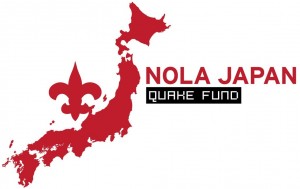
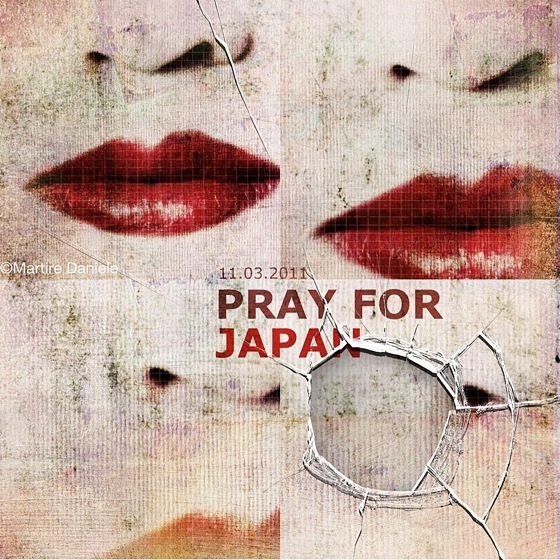
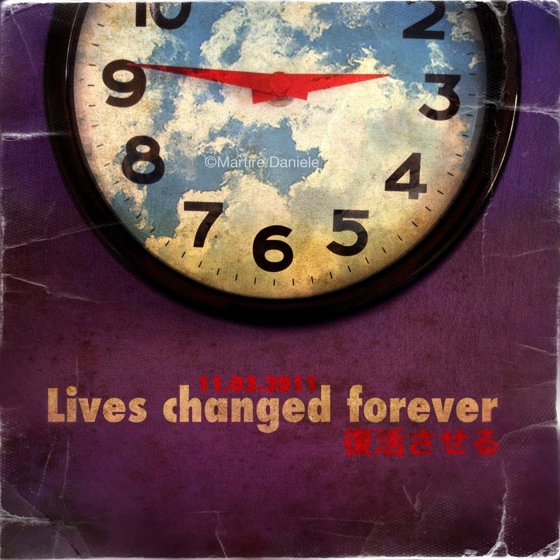
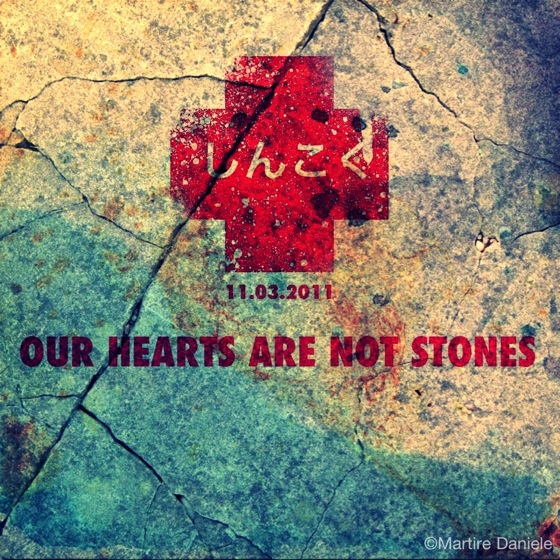
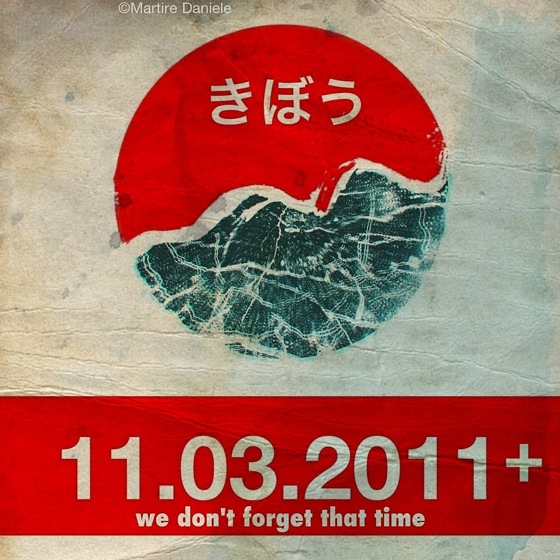
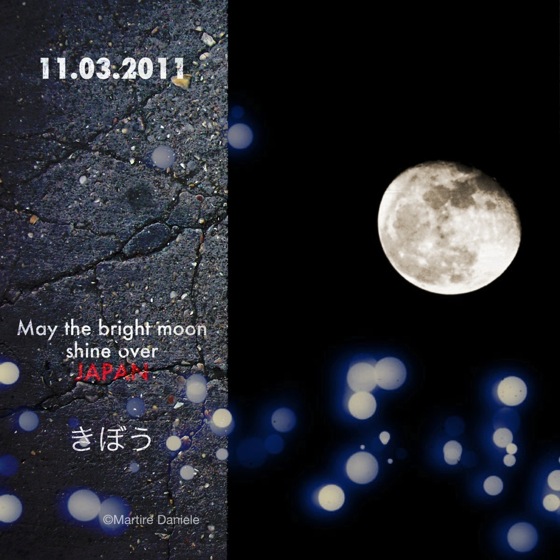
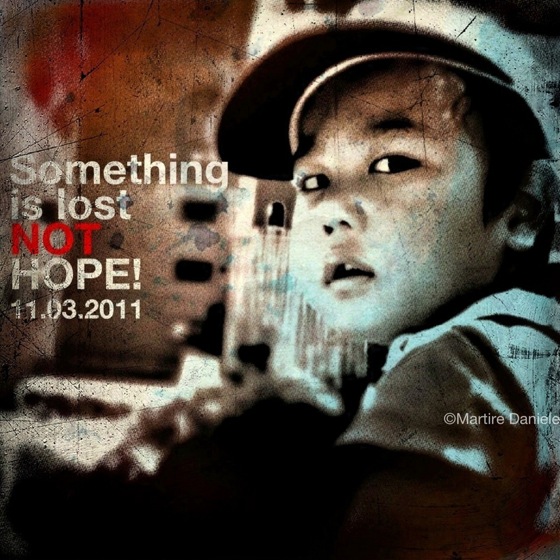





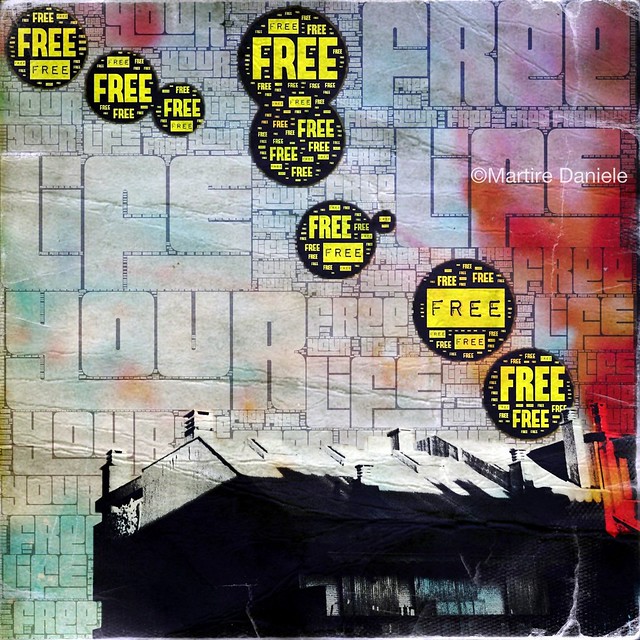

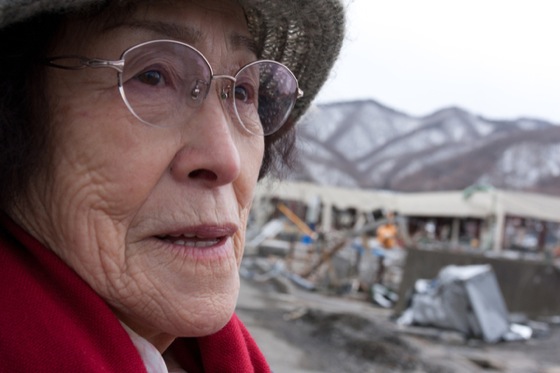
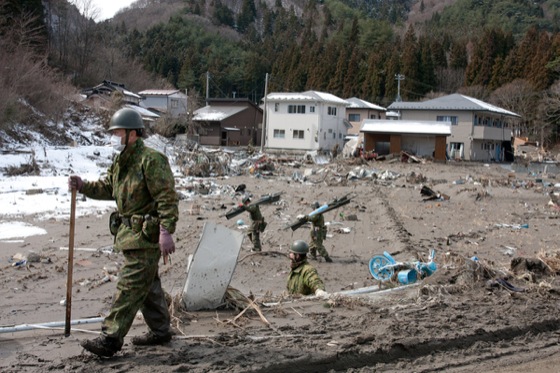
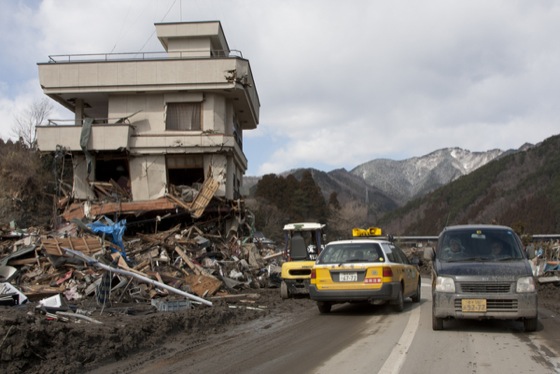
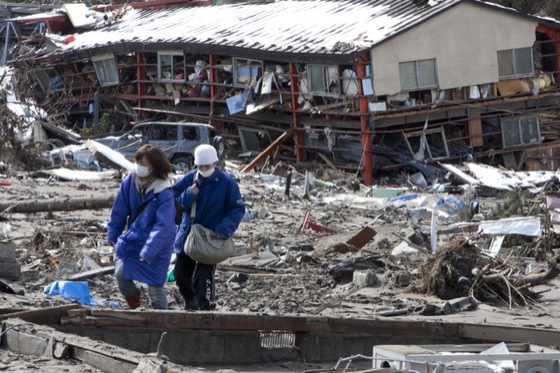
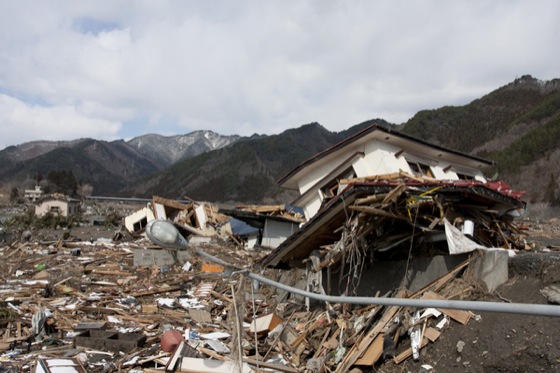
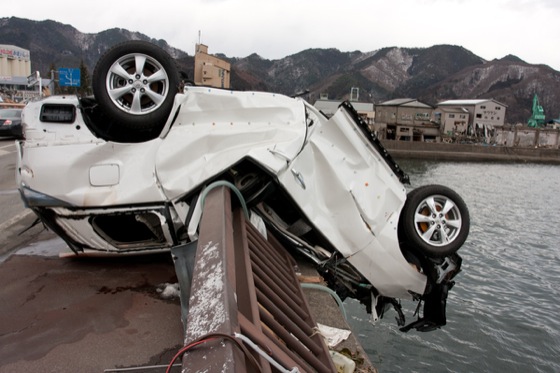
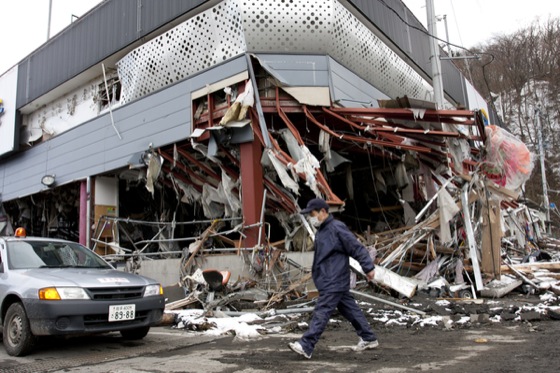
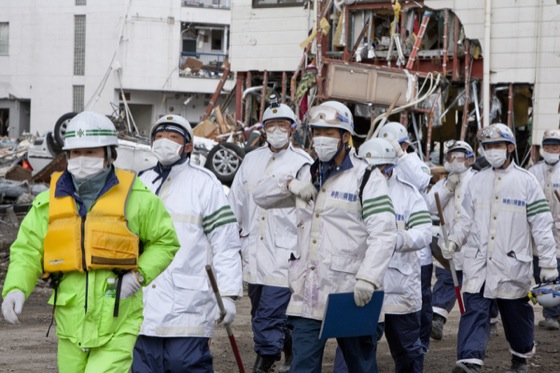
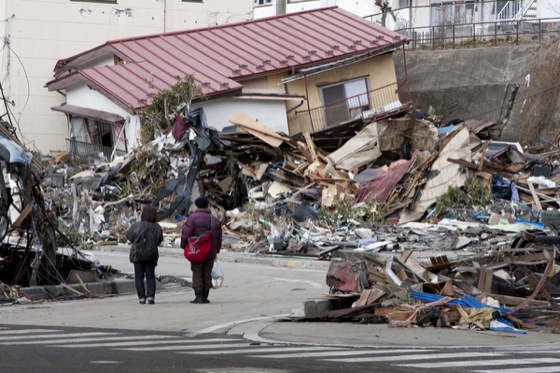
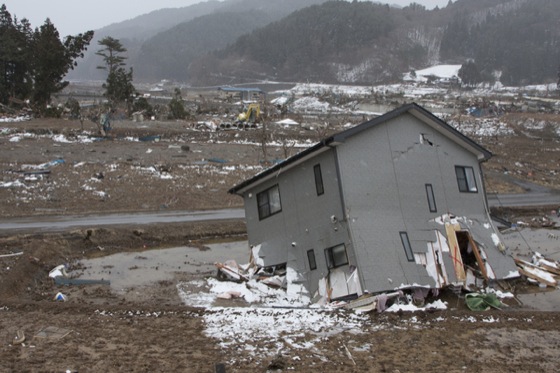
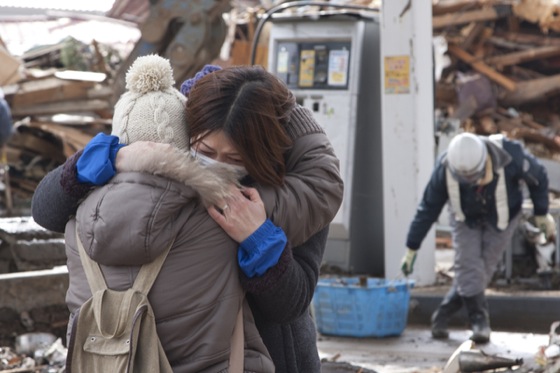
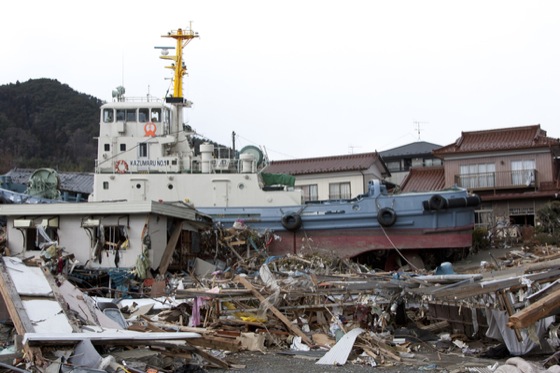
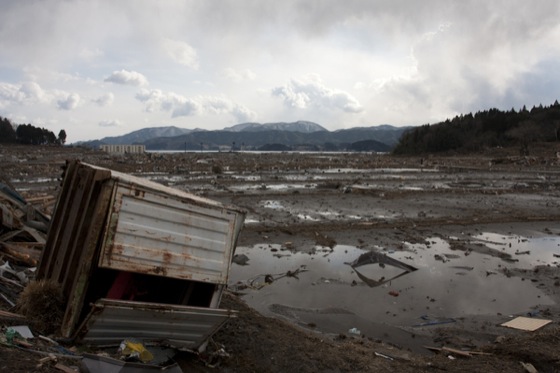


Recent Comments